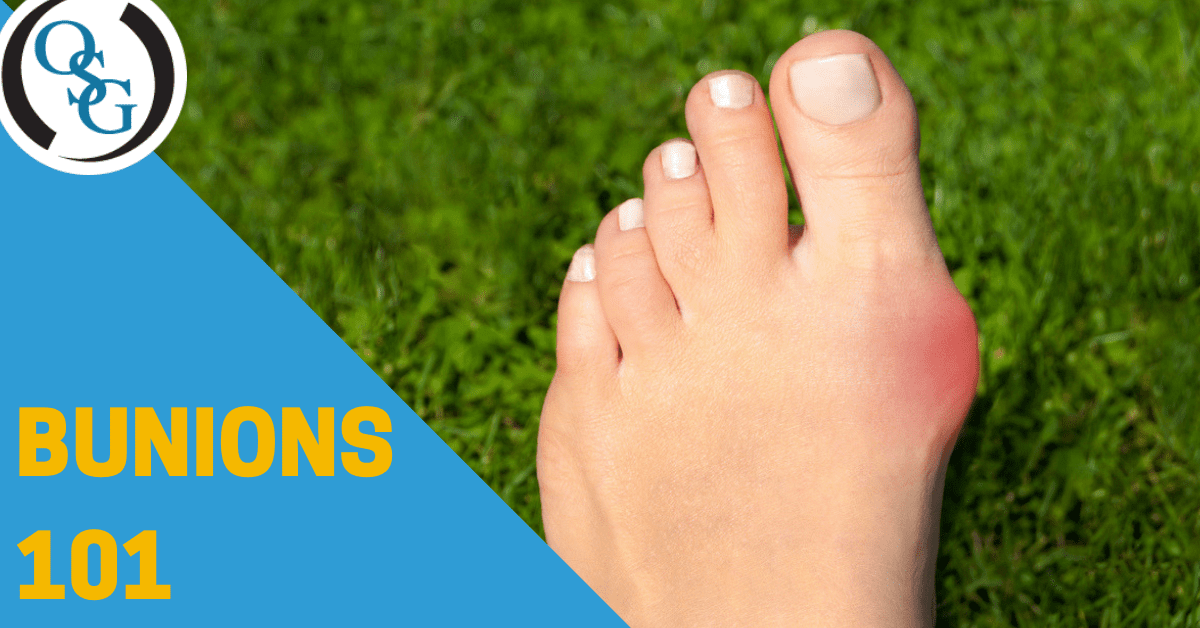
Suffering From Bunions? Here’s What to Know
Bunions (a bony bump on a toe joint) form when the big toe pushes into the next toe, forcing the joint to stick out and get bigger. It’s also possible to experience smaller bunions (or bunionettes) on the joint of the pinky toe.
What exactly causes these bunions to develop is unknown but could be due to an inherited foot type, congenital abnormality, wearing tight footwear, arthritis, or foot injuries.
Symptoms
Bunions start small and often form slowly over the years. While annoying, they can also cause pain when walking or doing daily activities.
If you have a bunion, you may experience pain or soreness in your feet, redness, swelling, or tenderness. The area may also become warm to the touch.
Diagnosis
If you experience persistent foot or big toe pain, see a visible bump on your joint, have decreased movement in your toe or foot, or have difficulty wearing shoes, it’s time to see an orthopedist.
Bunions are pretty obvious, but getting X-rays can help determine the appropriate treatment. Treatment may include over-the-counter pain medication to relieve swelling, custom inserts for shoes or even surgery.
Prevention
When it comes to bunion prevention, it’s important to take care of your feet in early childhood and adulthood. Choose your shoes carefully, avoid pointy toe shoes and opt for a shoe with a wide toe box. Also avert ill-fitting shoes, shoes that may cramp or pinch your toes. Exercising can also help strengthen your feed.
At Orthopaedic Specialty Group, we believe that no one should have to live with painful feet. We treat people of all ages for bunions, as well as other serious injuries and disorders. With six convenient locations throughout Fairfield County, help is never far away. Request an appointment online, or call (203) 337-2600!
